15 Antique Ceramics and Pottery Pieces to Add to Your Collection
Antique ceramics and pottery are treasures that hold both historical value and aesthetic appeal. Each piece reflects the culture, techniques, and artistry of its time. From intricate designs to bold shapes, antique ceramics offer a unique way to appreciate craftsmanship. Whether you are just starting a collection or looking to expand, these pieces make for excellent additions. Explore some of the most sought-after ceramics that will make a wonderful addition to your collection.
This post may contain affiliate links, which helps keep this content free. Please read our disclosure for more info.
Qing Dynasty Porcelain Vase (17th Century)
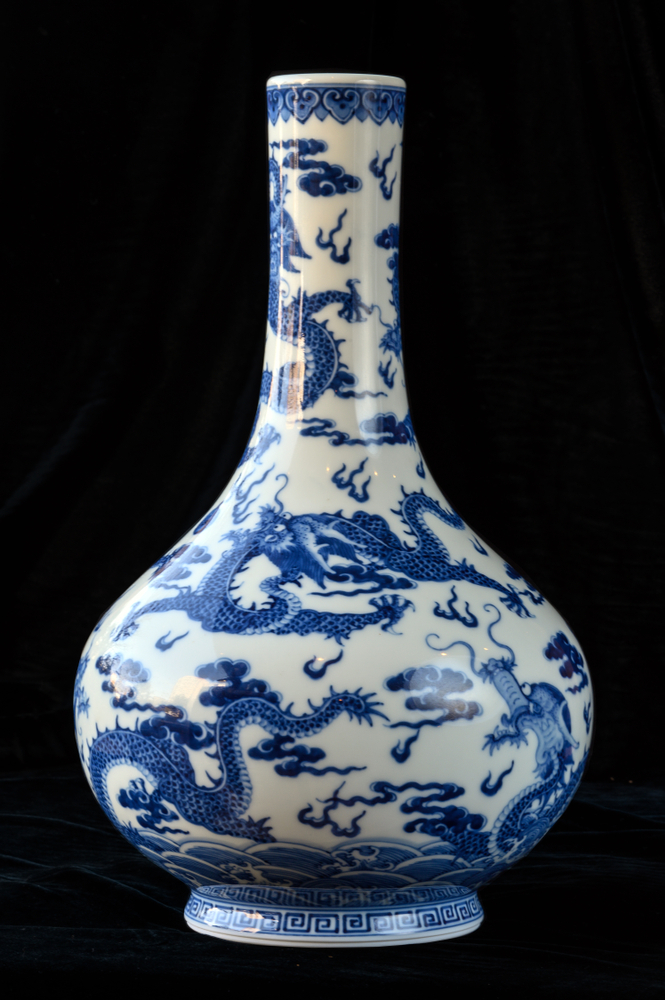
Created during the Qing Dynasty in China, this porcelain vase is a masterpiece of the era’s craftsmanship. Known for its intricate blue-and-white designs, the vase was typically hand-painted with traditional Chinese motifs, often depicting nature or historical scenes. The best examples of these vases were produced by skilled artisans in Jingdezhen, the ancient porcelain capital. Depending on its condition and rarity, a Qing Dynasty porcelain vase can range in value from $5,000 to $50,000.
These vases were used both for decoration and as symbols of wealth and status in Chinese society. The blue-and-white color scheme became iconic during the Ming and Qing periods. Collectors highly value these items for their delicate artistry and historical significance. Owning a piece like this offers a rare glimpse into China’s rich ceramic tradition.
Wedgwood Jasperware (Late 18th Century)
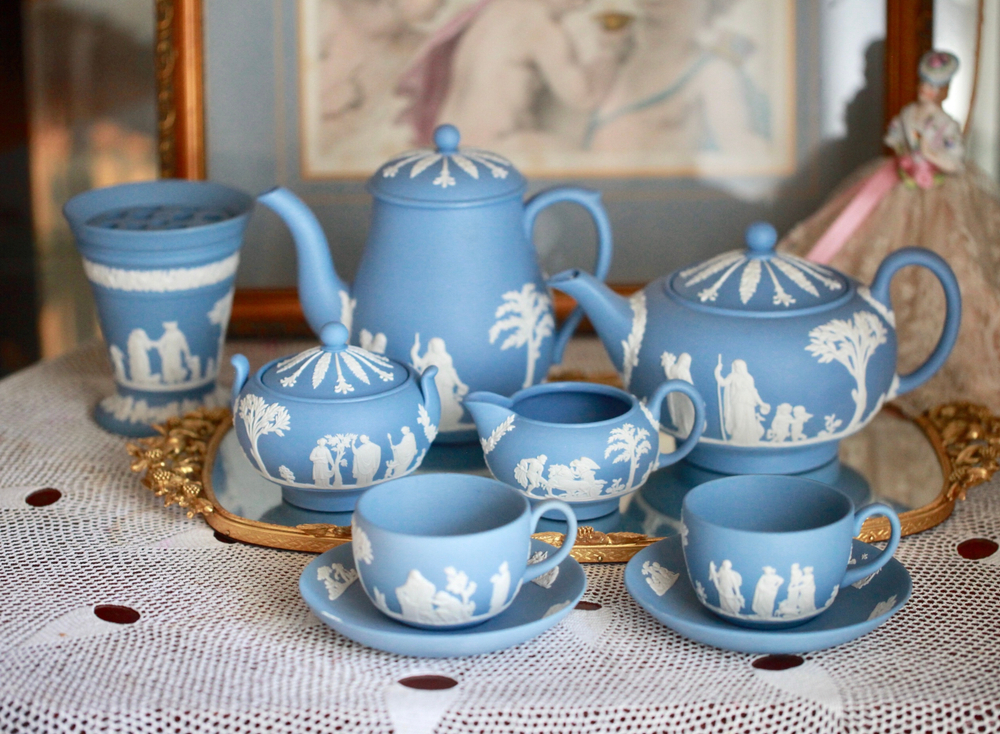
Wedgwood Jasperware, developed by English potter Josiah Wedgwood in the late 18th century, is renowned for its smooth, matte finish and classical designs. The pottery is made using a unique technique that gives it a fine, stone-like quality. The most famous color of Jasperware is the pale blue, often accented with white relief figures. The current market value of a Wedgwood Jasperware piece can range from $200 to $2,000, depending on its size, rarity, and condition.
Jasperware was originally designed for the wealthy, often depicting classical themes such as Greek gods and goddesses. This pottery remains highly collectible due to its historical value and enduring beauty. Wedgwood was a pioneer in the ceramic industry, and his innovations have made his pieces desirable for centuries. A well-preserved piece of Jasperware adds elegance and history to any collection.
Meissen Porcelain Figurines (18th Century)
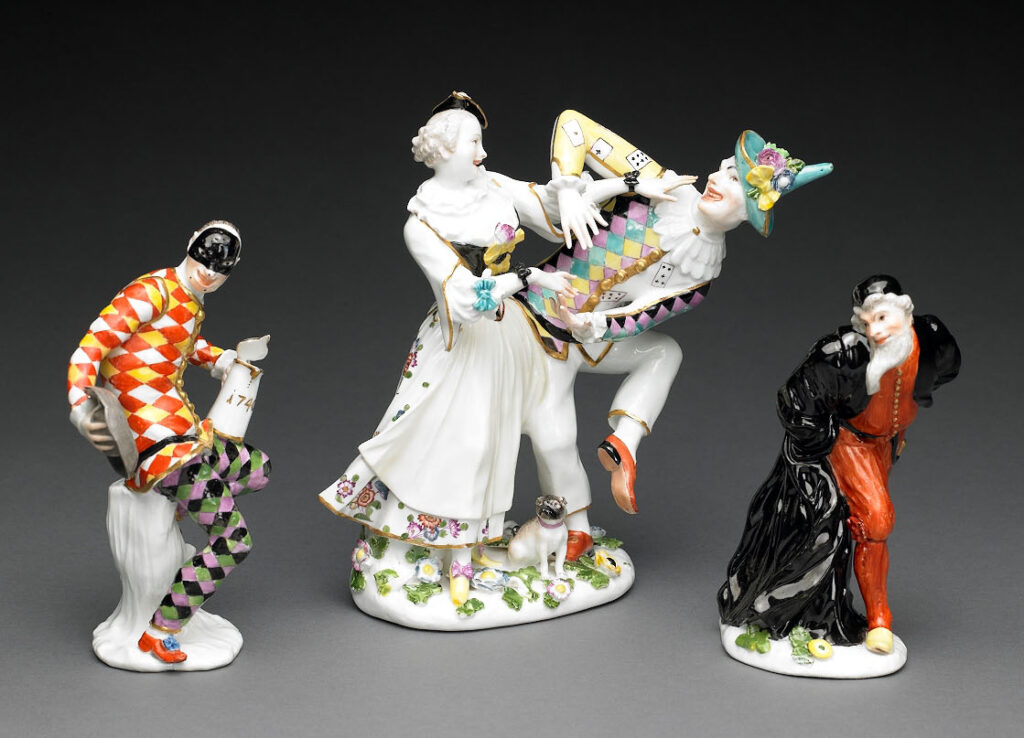
Meissen porcelain figurines, created by the Meissen Porcelain Factory in Germany, date back to the 18th century and are known for their fine detail and expressive artistry. The factory was the first in Europe to successfully produce porcelain, which had previously been a Chinese secret. Meissen figurines often feature intricate depictions of people, animals, and mythological figures, crafted with remarkable attention to detail. A Meissen figurine can be valued anywhere from $500 to $30,000, depending on its rarity, condition, and craftsmanship.
These figurines were designed for European nobility and are often seen as symbols of wealth and taste. The vibrant colors and lifelike designs make them highly collectible, especially among porcelain enthusiasts. Meissen porcelain has remained a symbol of luxury for over 300 years. A figurine from this period offers a unique and valuable addition to any antique collection.
Royal Worcester Porcelain (18th-19th Century)
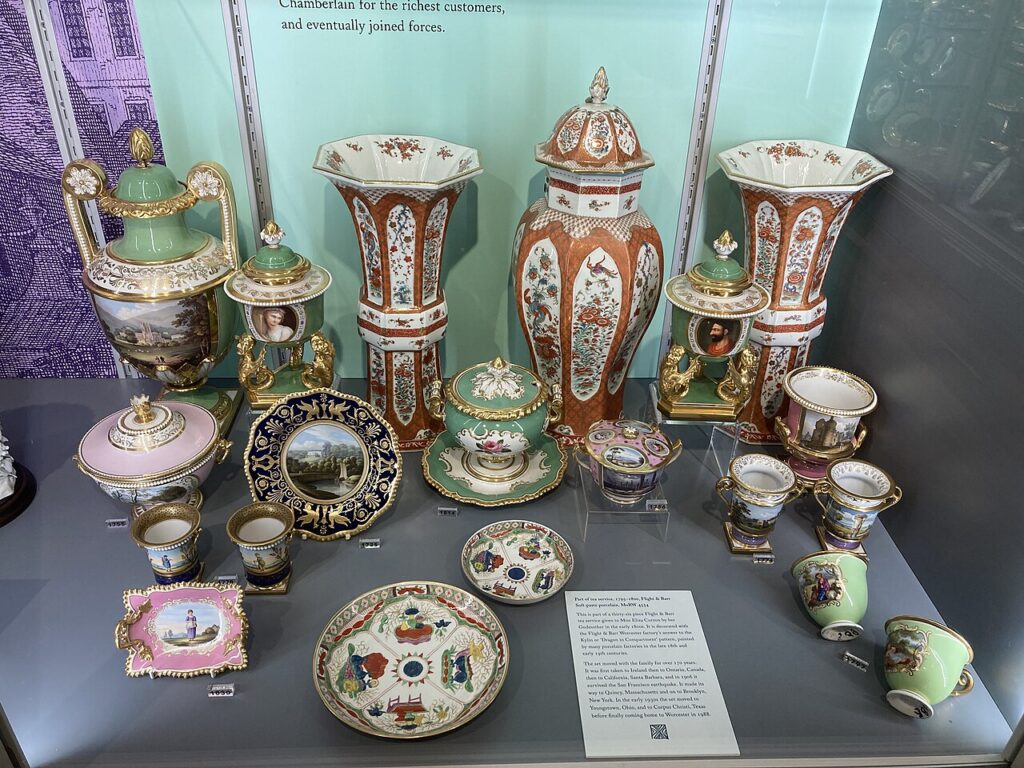
Royal Worcester Porcelain is one of the oldest and most respected names in British ceramics, established in 1751. Known for its fine quality and intricate painting, this porcelain often featured scenes from nature, portraits, and historical events. Many pieces from Royal Worcester were produced with gilded accents and detailed hand-painted decorations. Depending on the piece, its market value ranges from $300 to $5,000, with rare items reaching even higher prices.
Royal Worcester porcelain was highly regarded by the British aristocracy and often used as decorative tableware. It became especially famous for its delicate and realistic painted flowers. The factory’s long-standing history of producing porcelain makes its pieces highly sought after by collectors. Adding a piece of Royal Worcester porcelain to your collection offers both historical and artistic value.
Delftware (17th Century)
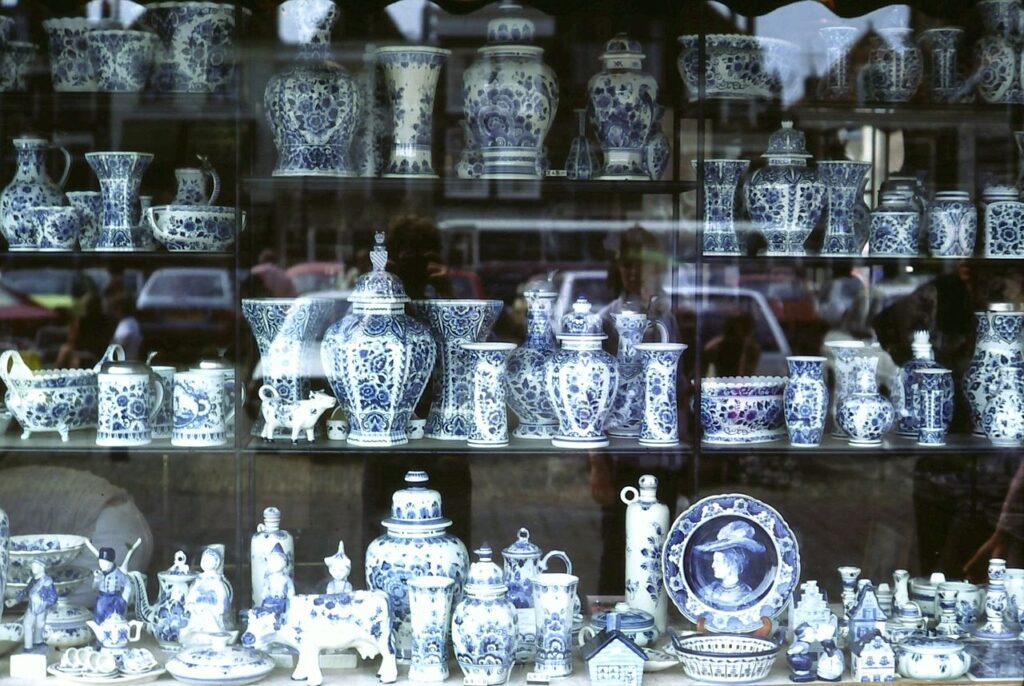
Delftware refers to the distinctive blue-and-white pottery that was first made in the Netherlands in the 17th century. It was inspired by the fine Chinese porcelain that had become popular in Europe. Delftware pieces, including vases, plates, and tiles, were hand-painted with floral patterns, landscapes, and religious scenes. The value of Delftware varies significantly, from $100 for common pieces to $5,000 or more for rare examples.
Delftware played a significant role in the development of European ceramics, particularly in the Netherlands, where it was produced in cities like Delft. The technique used to create these pieces, with its vivid blue and white hues, became a hallmark of Dutch pottery. Today, Delftware is highly collectible, with genuine pieces sought after by enthusiasts of European ceramics. Owning a piece of Delftware is like holding a piece of Dutch history in your hands.
Clarice Cliff Pottery (1930s-1960s)
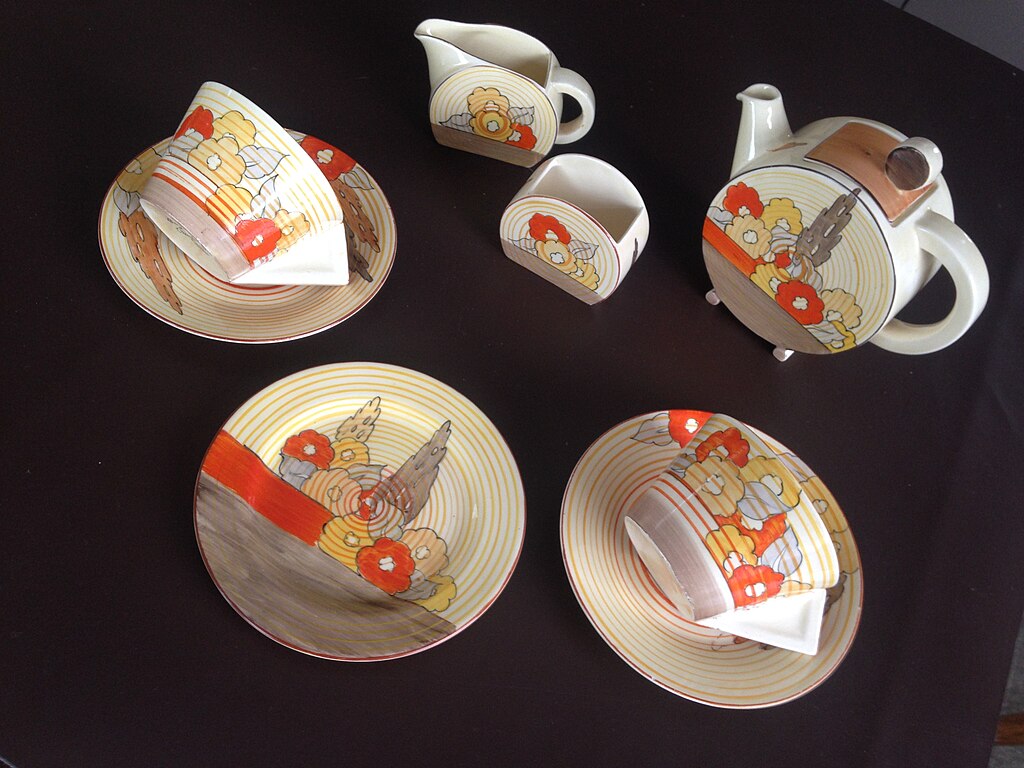
Clarice Cliff, an English ceramic artist, became famous for her distinctive Art Deco pottery designs during the early to mid-20th century. Her most popular pieces featured bold, colorful patterns, such as her signature Bizarre line, which featured stylized florals and geometric shapes. Clarice Cliff’s pottery is highly collectible, with pieces ranging in value from $50 to $5,000, depending on their rarity and condition.
Cliff’s innovative use of color and shape revolutionized the ceramic design industry in Britain. Her works were aimed at the middle class, but they quickly gained popularity due to their vibrant appeal. Today, her pottery is prized by collectors of Art Deco design and vintage ceramics. A piece of Clarice Cliff pottery adds a splash of color and history to any collection.
Kutani Porcelain (17th Century)
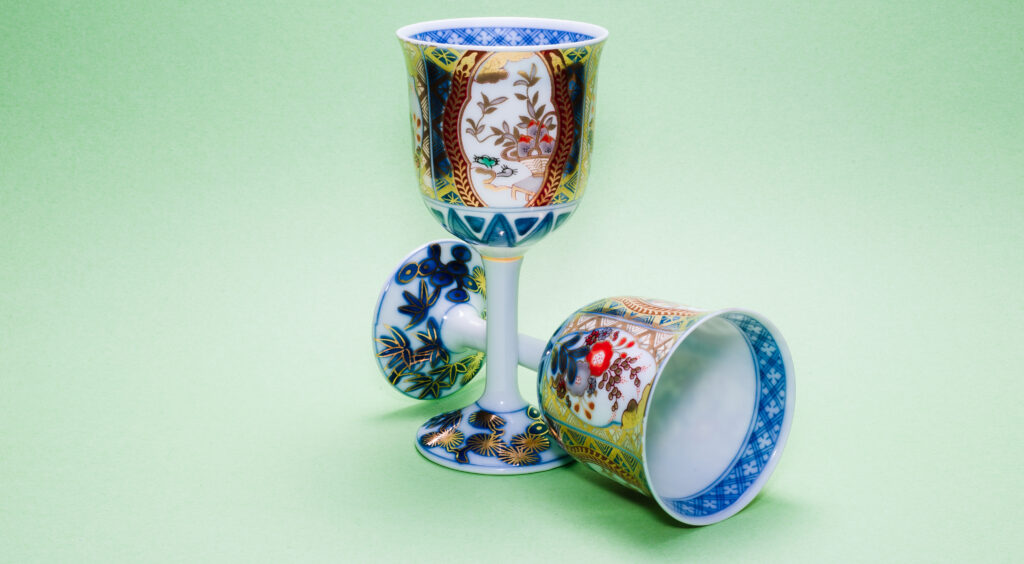
Kutani porcelain, originating from Japan in the 17th century, is known for its vibrant colors and detailed, often intricate designs. Early pieces from the Kutani region featured rich reds, greens, and blues, with designs inspired by nature, myth, and everyday life. The market value for Kutani porcelain varies, typically ranging from $200 to $5,000, depending on the piece’s age, condition, and rarity.
Kutani porcelain was created using traditional Japanese methods, with artists paying close attention to the quality of glaze and design. These pieces were prized by Japanese nobility and collectors, adding a significant cultural element to their collections. Today, collectors seek out Kutani porcelain for its historical importance and unique beauty. Owning a piece of Kutani porcelain offers a direct connection to Japan’s artistic heritage.
Rookwood Pottery (1900s)
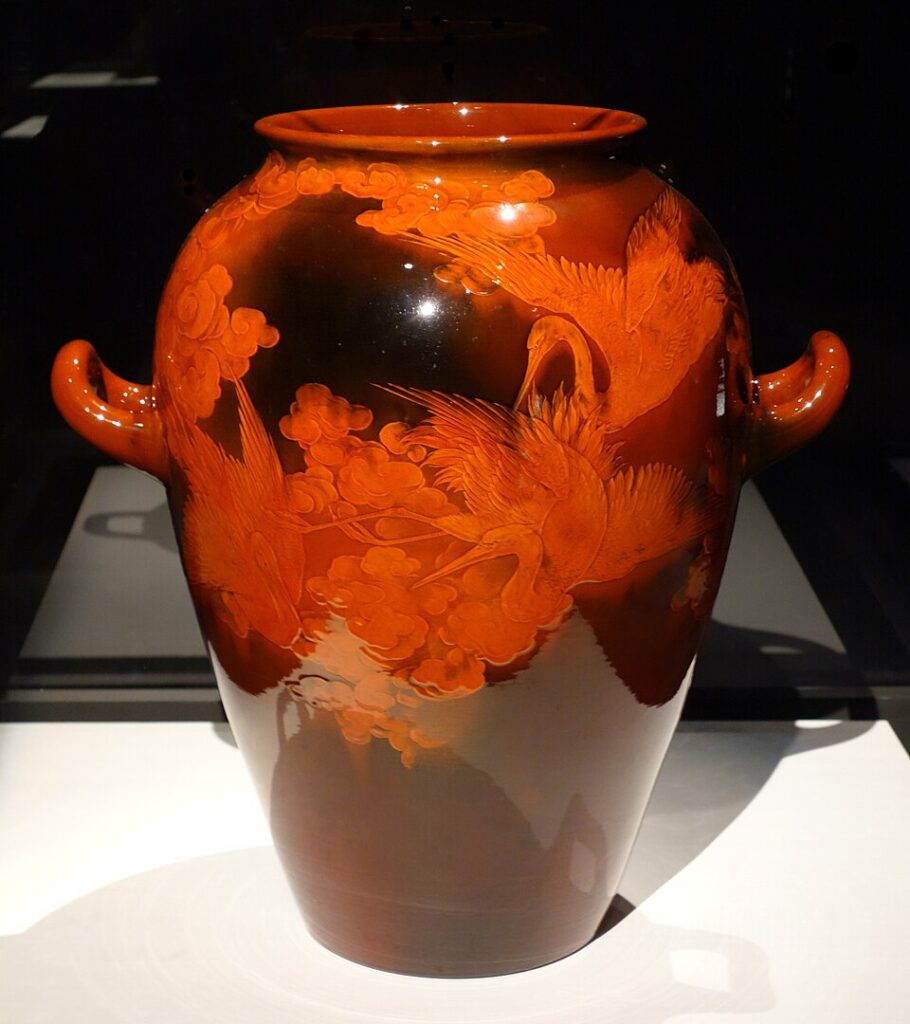
Rookwood Pottery, founded in 1880 in Cincinnati, Ohio, is well-known for its high-quality ceramic pieces and distinctive glazes. It produced a wide range of items, including vases, plaques, and decorative pieces, which were often hand-painted with floral or landscape designs. Rookwood’s pottery is highly valued, with pieces ranging from $100 to $5,000 or more, depending on the size and rarity of the item.
Rookwood was one of the first American pottery companies to achieve national recognition, thanks to its innovative techniques and artistic design. The company’s pottery is celebrated for its vibrant colors and artistic craftsmanship. Many Rookwood pieces were made with the use of matte and satin glazes, which set them apart from other pottery of the time. Collectors appreciate Rookwood for its quality and its significant role in American ceramics history.
Minton China (19th Century)
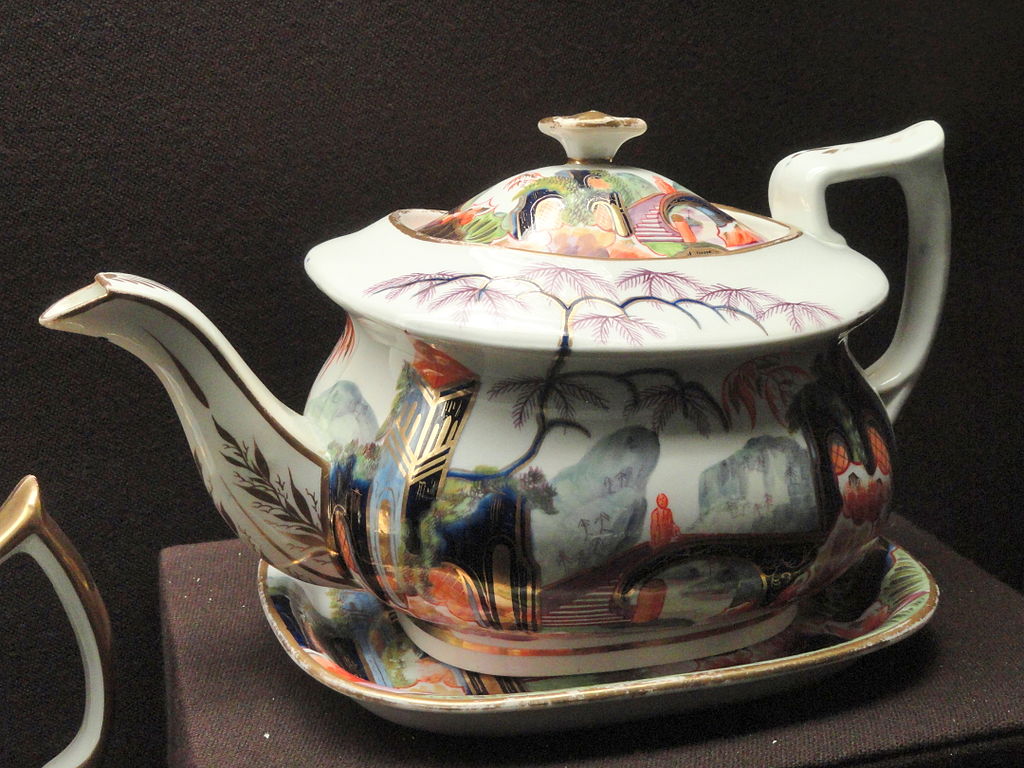
Minton China, established in 1793, is known for producing high-quality porcelain and ceramics. The company became especially famous during the 19th century for its fine china and decorative pieces, including vases, plates, and dinnerware. Minton’s pieces often featured intricate patterns and designs, with some of its most notable works inspired by nature and classical art. Minton China can range in value from $100 to $3,000, depending on the piece and its condition.
Minton was one of the leading porcelain manufacturers in Britain during the 19th century and played a major role in elevating British ceramics to international recognition. Many of Minton’s designs were featured in the homes of wealthy families and in fine dining establishments. Collectors seek Minton China for its timeless beauty and its place in the history of European porcelain. A piece from Minton’s collection is a great addition for those who appreciate both the artistry and craftsmanship of historical ceramics.
Staffordshire Figurines (18th-19th Century)
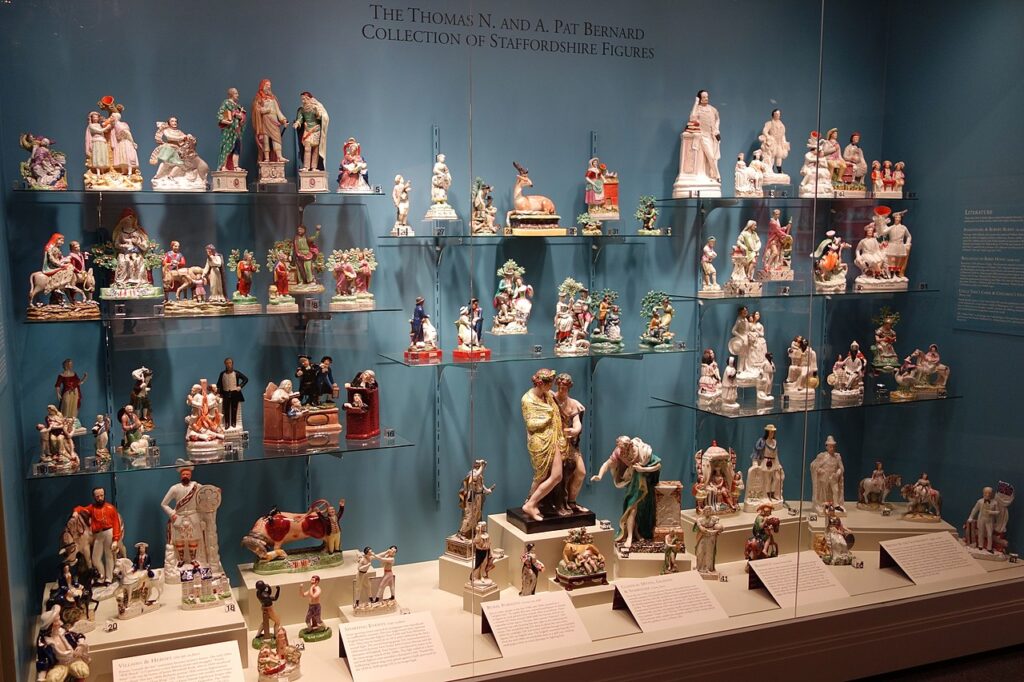
Staffordshire figurines, produced in England during the 18th and 19th centuries, are known for their hand-painted, detailed designs of people, animals, and historical scenes. These figurines were often mass-produced, but many are still highly sought after by collectors due to their craftsmanship. The market value of Staffordshire figurines can range from $50 to $2,000, depending on their rarity and condition.
The figurines were typically made of earthenware and often depicted popular figures or scenes from folklore. Staffordshire pottery was particularly popular during the Victorian era, where these figurines were used as decorative items in middle-class homes. Today, these figurines are valued for their historical significance and their portrayal of 19th-century British life. Collectors of antique ceramics often seek Staffordshire figurines for their charm and artistic detail.
Roseville Pottery (1900s)
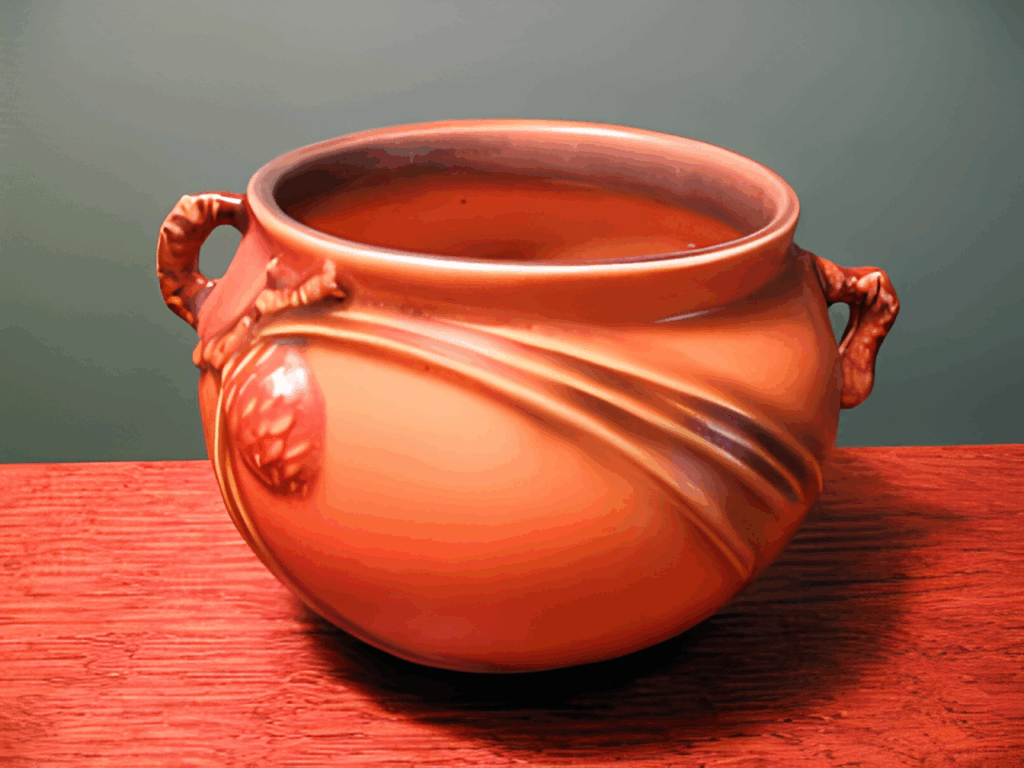
Roseville Pottery, produced in Ohio during the early 20th century, is known for its vibrant colors and distinctive Art Deco and Arts and Crafts designs. The company produced a wide variety of items, including vases, planters, and bowls, many of which feature floral or geometric patterns. Depending on the rarity and condition of the piece, Roseville pottery can be valued from $100 to $5,000.
Roseville Pottery’s bold colors and unique glazes helped it gain popularity during the early 1900s, making it a beloved name in American pottery. Today, collectors appreciate Roseville for its craftsmanship and timeless appeal. Items from the company’s sought-after patterns like Peacock and Moss Rose are particularly valuable. Owning a piece of Roseville pottery offers both aesthetic pleasure and historical value for any collector.
Blue Willow China (18th Century)
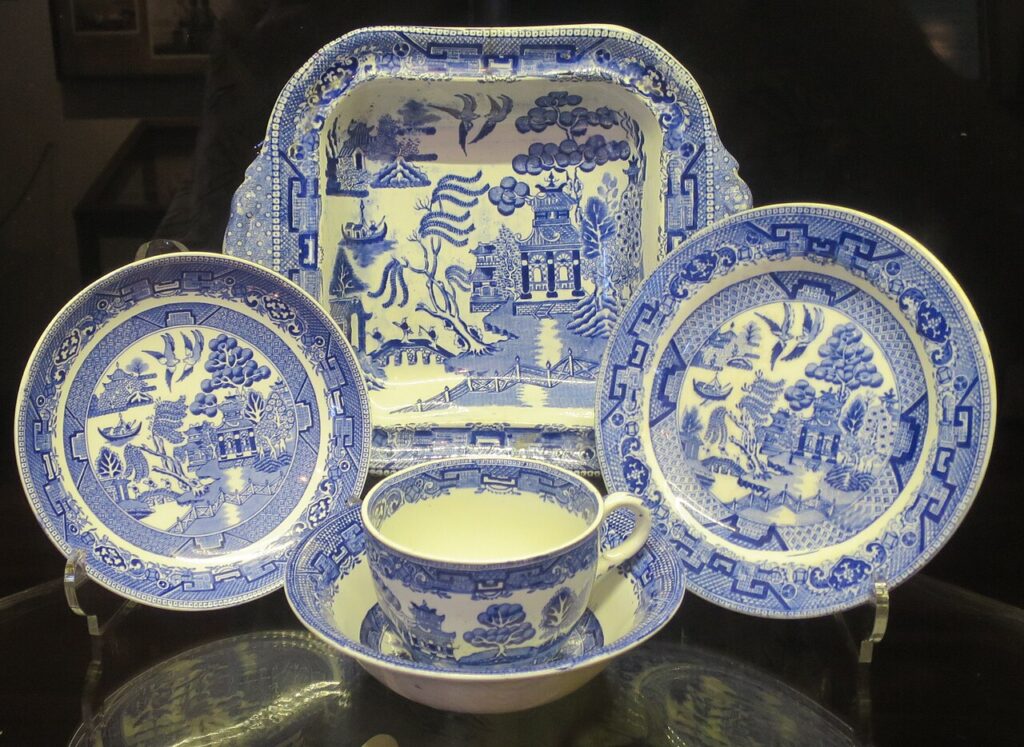
Blue Willow China is one of the most iconic patterns in British porcelain, first introduced in the 18th century. It features a blue-and-white design depicting a classic Chinese landscape scene, complete with pagodas, bridges, and birds. The market value for a piece of Blue Willow China can vary widely, with some vintage items valued at $100 to $500, depending on their age and condition.
The pattern has been reproduced in various forms for over 200 years and remains popular among collectors of antique porcelain. Originally produced by manufacturers like Spode and Wedgwood, Blue Willow became a symbol of traditional British ceramics. Its enduring popularity is due to the elegance of its design and its historical connection to China, despite the design’s European origins.
Imari Porcelain (17th Century)
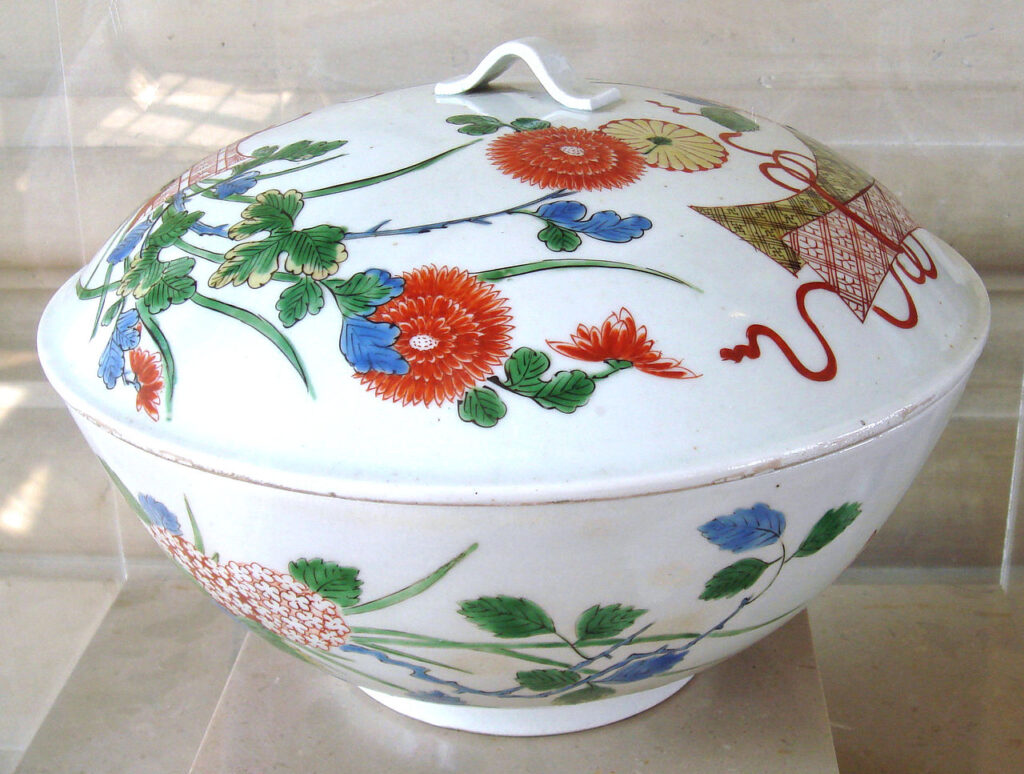
Imari porcelain, originating from Japan in the 17th century, is known for its rich red, blue, and gold patterns. These pieces often depict floral designs, animals, or landscapes and were highly prized by European collectors during the early 18th century. Imari porcelain can range from $500 to $15,000, with rare and well-preserved pieces fetching even higher prices.
The vivid colors and distinctive designs of Imari porcelain have made it a favorite among collectors of Japanese and Asian antiques. The pieces were often imported to Europe, where they became part of prestigious collections. Today, these porcelain items are prized for their beauty, craftsmanship, and historical significance, making them valuable to collectors worldwide.
Dresden Porcelain (18th Century)
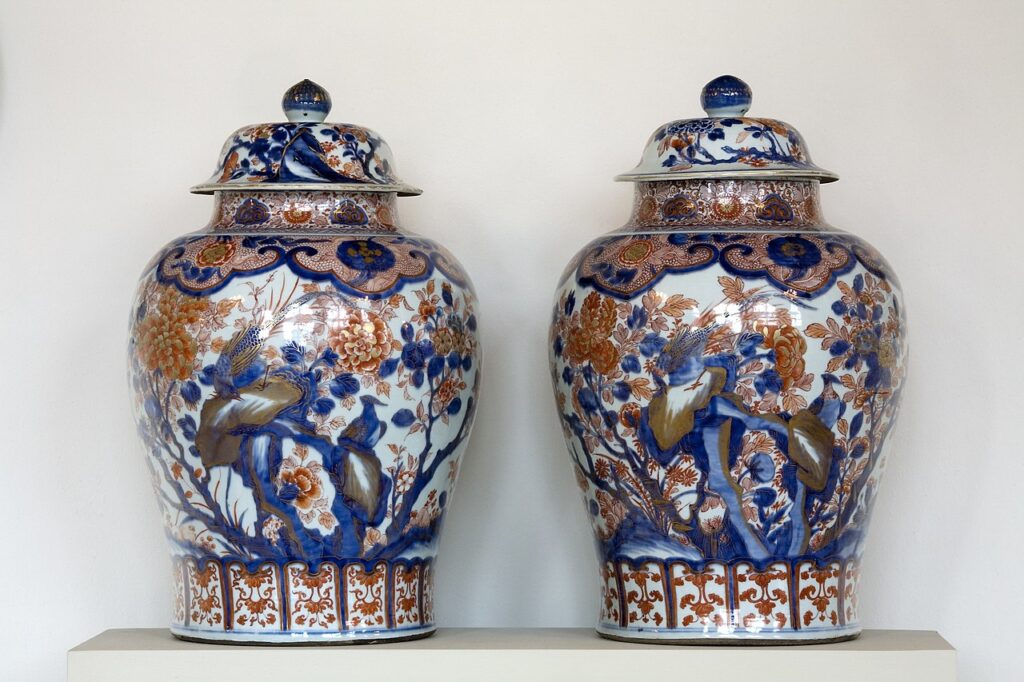
Dresden porcelain, created in the 18th century in Germany, is known for its fine craftsmanship and detailed decoration. These porcelain pieces often featured hand-painted flowers, intricate designs, and delicate figures, making them highly sought after by collectors. Dresden porcelain can range in value from $100 to $5,000, depending on the condition and the specific design.
Dresden porcelain was produced by the Royal Porcelain Manufactory in Saxony and became renowned across Europe for its exceptional quality. It was particularly popular in the courts of Europe, where it was valued as a symbol of wealth and taste. The finely painted details and delicate appearance of Dresden porcelain make it an enduring favorite among collectors of antique ceramics.
Limoges Porcelain (19th Century)
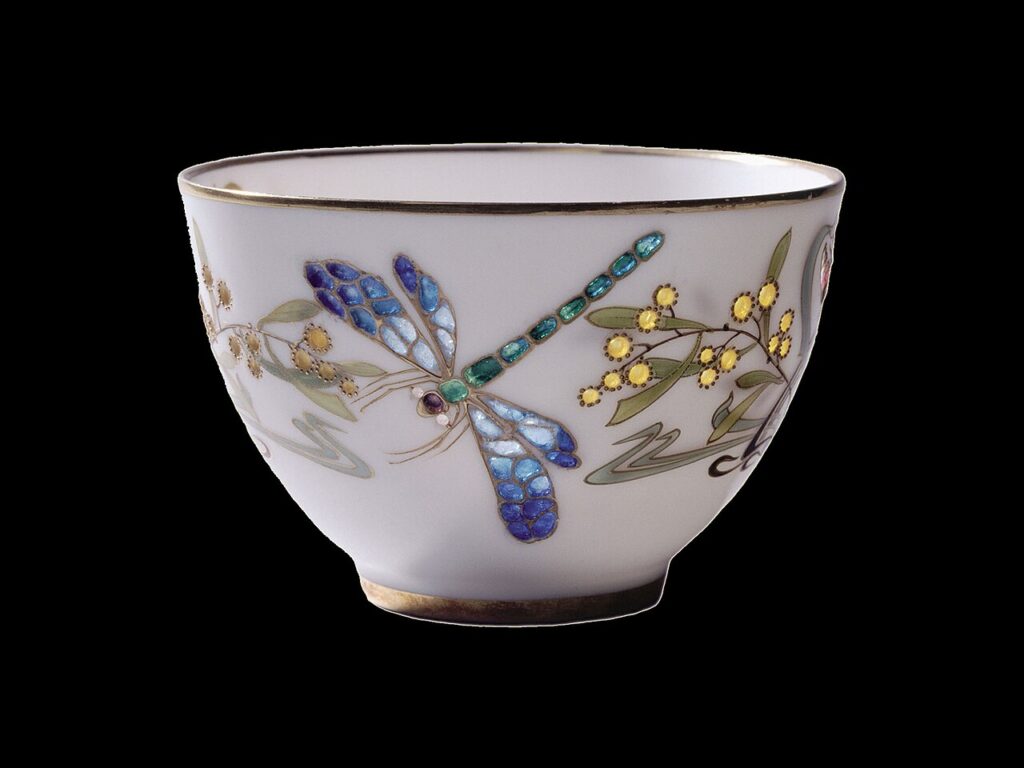
Limoges porcelain, produced in the Limoges region of France, is known for its fine quality and detailed hand-painted designs. These porcelain items often feature floral patterns, landscapes, and intricate gold detailing. Depending on the piece’s rarity and condition, Limoges porcelain can be valued from $100 to $3,000 or more.
Limoges porcelain gained international recognition in the 19th century, particularly for its elegant design and exceptional craftsmanship. Items from this collection were often used by French aristocracy, adding to their appeal for collectors today. With its long history and high-quality production, Limoges porcelain is a must-have for collectors of fine ceramics.
Antique ceramics and pottery provide a lasting connection to the past, offering collectors a chance to appreciate fine craftsmanship. These vintage pieces add unique character to any collection, reflecting the artistic trends of their respective eras. As you seek out new additions, remember that each piece holds its own historical significance. Start collecting these timeless treasures and enjoy their beauty and value for years to come.
This article originally appeared on Avocadu.
